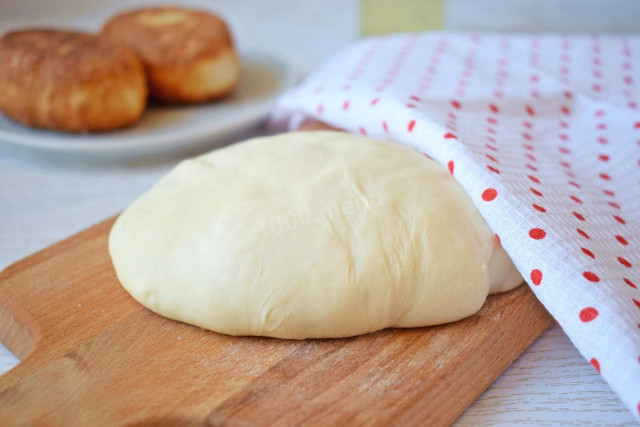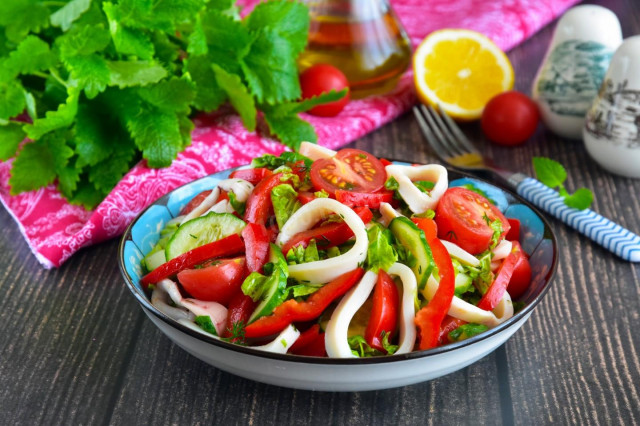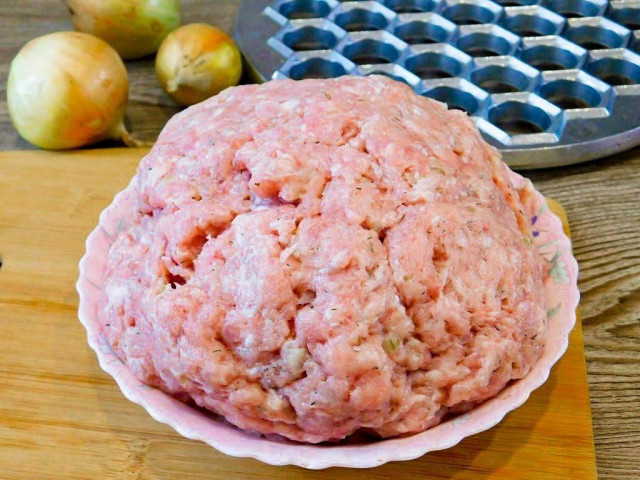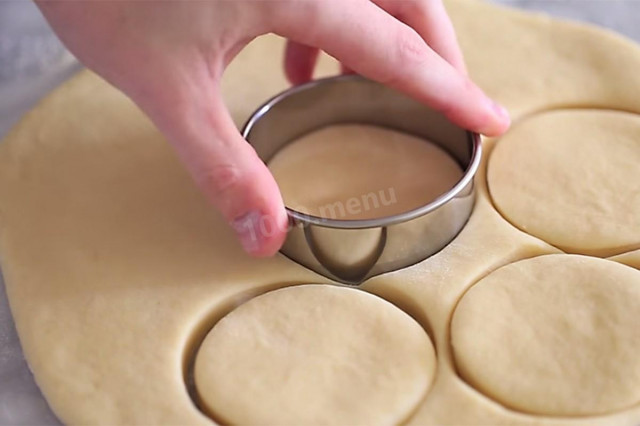Composition / ingredients
Step-by-step cooking
Step 1:
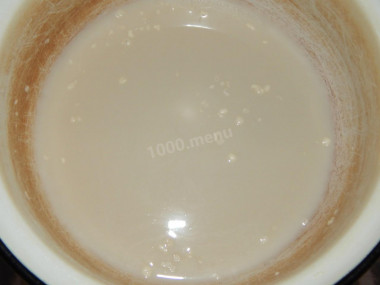
How to make Dough like fluff on milk? Prepare the ingredients for the yeast dough. It is better to use medium-fat milk, not skimmed from the store and not rustic fat. Milk must be heated to 36 degrees, you can do it in a microwave oven, it is enough to warm it up for 15 seconds at medium power. Pour the warm milk into a deep bowl.
Step 2:

Add a tablespoon of sugar, a tablespoon of flour and a teaspoon of dry yeast. Stir the mixture until a homogeneous substance is obtained. Put the bowl in a warm place for 15 minutes. In the apartment during the heating season, you can put it near the battery, if it's cold, then in the oven, turning it on at the minimum temperature. Yeast should be activated, foam will appear on the surface of the mixture.
Step 3:
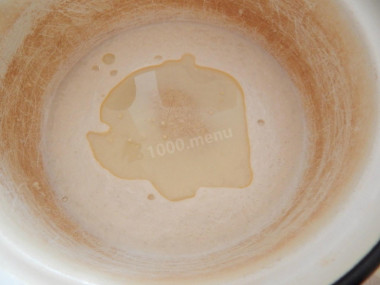
Meanwhile, sift the wheat flour. It is better to do this repeatedly to get rid of the litter that can get into the product and saturate the flour with oxygen. This will allow you to get the most airy and tender dough, and products made from it will be soft and will not stale for a long time. Pour vegetable oil into a bowl with yeast mixture.
Step 4:
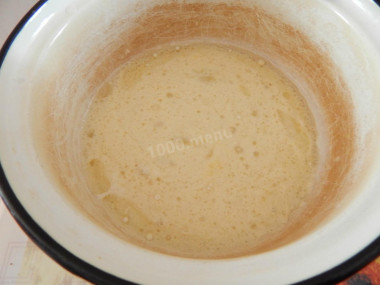
Add salt and sugar. Depending on what products you are going to bake from this dough: with sweet filling or with meat, fish and others, the amount of sugar can be changed. Mix it up.
Step 5:
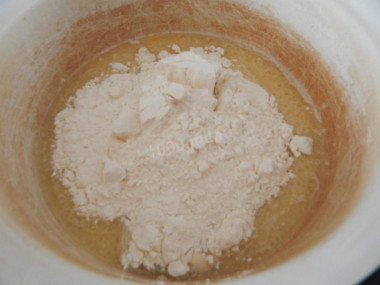
Add the sifted wheat flour to the bowl with the liquid. Pour it in parts, each time with a spoon or a wooden spatula mixing the dough. When it becomes difficult to stir the dough with a spoon, spread it on a floured table and, if necessary, adding flour, knead a smooth and elastic dough. Flour may take a little more or less than the amount specified in the ingredients.
Step 6:
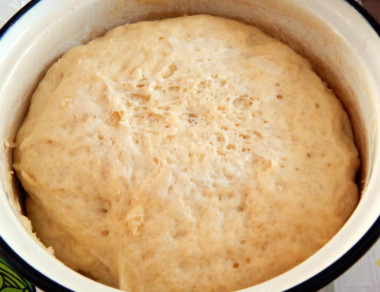
Put the dough back in the bowl and leave in a warm place for 2 hours to rise. When the dough is ready, knead it, let it rise again for 20 minutes, and you can proceed to baking products from this dough. Enjoy your meal!
The liquid in which yeast is bred should be pleasant to the touch, no higher than 40 degrees. Why is this important? In a warm environment, yeast is well activated, in a hot one it will die, and in a cold one it simply will not work. To avoid unpleasant surprises, check the yeast before mixing with the rest of the ingredients. Pour a little warm milk into a bowl, stir in the yeast. Cover the bowl with a kitchen towel and put it in a warm place without drafts for 10-15 minutes. During this time, a foam yeast cap should appear on the surface of the sponge. If this did not happen, then the fermentation process has not started (the yeast is overdue or spoiled). In this case, it is worth taking other yeast, otherwise baking will not work.
Be prepared for the fact that flour may need more or less than indicated in the recipe. Focus not on the amount of flour, but on the desired consistency of the dough. To avoid mistakes, read about flour and its properties!
Important! Using dry yeast, it should be borne in mind that they occur in two forms: active and instant (read the instructions carefully before use!).
Active dry yeast looks like beads or small balls. Before applying them, they must be brought out of the "sleep mode". To do this, the active yeast is diluted in warm sweet water, milk or whey. The resulting bubbles, foam or "cap" indicate that the yeast is ready for further use. Active dry yeast must be brought to complete dissolution in the liquid, otherwise, due to the remaining grains, the dough may not rise and the baking will be spoiled (yeast grains that have not dissolved in the liquid and got into the dough will no longer disperse on their own, which means they will not work).
Instant dry yeast is easier to use. They do not need to be activated before use. Such yeast, along with other ingredients, is simply added to the dough. As a result, the baking time is reduced.
It should also be remembered that both types of dry yeast may differ in their activity from different manufacturers.
Caloric content of the products possible in the composition of the dish
- Whole cow's milk - 68 kcal/100g
- Milk 3.5% fat content - 64 kcal/100g
- Milk 3.2% fat content - 60 kcal/100g
- Milk 1.5% fat content - 47 kcal/100g
- Concentrated milk 7.5% fat content - 140 kcal/100g
- Milk 2.5% fat content - 54 kcal/100g
- Granulated sugar - 398 kcal/100g
- Sugar - 398 kcal/100g
- Vegetable oil - 873 kcal/100g
- Salt - 0 kcal/100g
- Wheat flour - 325 kcal/100g
- Dry yeast - 410 kcal/100g



